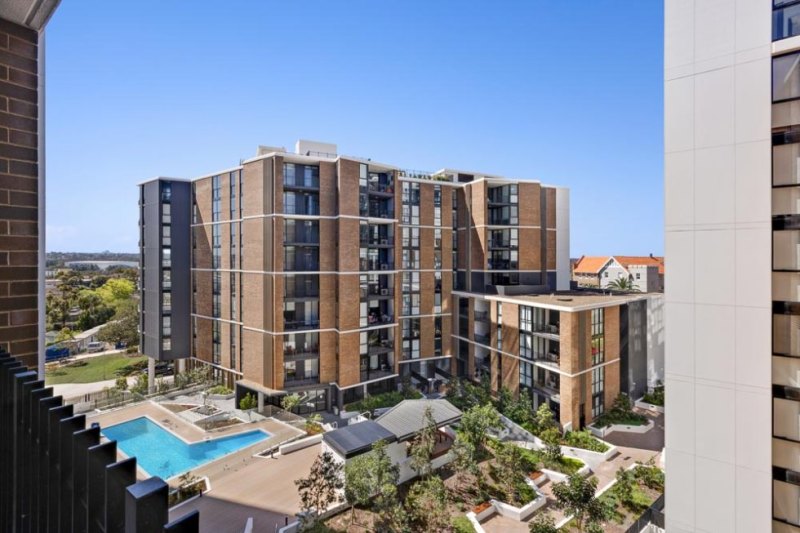
Affordable housing mandates can work for developers, SGCH says
Australian cities would boost their stock of affordable housing and make better use of density bonuses offered by governments if inclusionary zoning requirements were brought in slowly and increased over time, new modelling by NSW provider St George Community Housing shows.
Developers typically oppose policies requiring the provision of affordable homes, but a gradual phase-in of such a policy, and a staged increase, like the increase over time of the superannuation guarantee, would give them certainty to accept it, St George chief executive Scott Langford said.

The proposal by St George and consultancy Astrolabe for staged policy starts with a 5 per cent requirement, introduced after preparation period of three to five years and gradual increases as economic conditions permit. There was no proposed ceiling, but global evidence showed a 15 per cent-plus target was sustainable, they said.
“What developers struggle with is uncertainty,” Mr Langford told The Australian Financial Review.
“If they can see the requirements for inclusionary zoning or infrastructure contributions or any of the other variables, they can build it into their feasibility assessments.”
Without such a requirement, and funding from a source such as the $10 billion Housing Australia Future Fund to help community housing providers acquire the affordable units in private developments, schemes such as the NSW government’s height and density bonus announced in June would struggle to gain traction, said Astrolabe director Michael Cominos.
“Without interventions to support a CHP’s ability to pay for homes, the scheme won’t be used at scale,” Mr Cominos said.
“Either policy settings need to be amended or the level of affordable housing would have to drop to promote adoption of the scheme by market build-to-sell developers.”
The designated units would need to be kept as affordable rental homes for a period of 15 years, after which time they could be sold at market value, if not owned and leased out in perpetuity by a CHP, Mr Langford said.
The cost for developers of such a policy would come in the effect it had on land values, but that could be factored in, he said.
“It may temper the increase in site values but a transition over three to five years is a fair period,” Mr Langford said.
“Those that have sites currently can develop them and bring to market on the basis that if they wait longer they will have the inclusionary zoning obligation – but so do they, too, benefit from price escalation over that time.”
The proposal, to be set out at an affordable housing summit in western Sydney on Friday, is likely to still face opposition from developers.
”The Property Council of Australia does not support mandatory inclusionary zoning,” the council’s NSW executive director Katie Stevenson said.
“We already have it in a number of local governments across NSW. The fact that it is inconsistent is a problem.”
The much-needed push to boost Australia’s affordable housing stock (rental units made available for qualifying key workers at below-market rents) is driving different proposals.
A planned new platform, the Affordable Housing Register, could act as a governance and management tool for affordable housing stock nationally, and unlock hundreds of millions of dollars in private investment from self-managed super fund investors, development veteran Rob Pradolin said this week.
The platform could reduce the need for community housing providers to play a role in affordable housing and potentially allow them to focus on social housing for low-income tenants, Mr Pradolin said.
Mr Langford said regulated operators, which community housing providers are, would need to keep playing a role in affordable housing.











